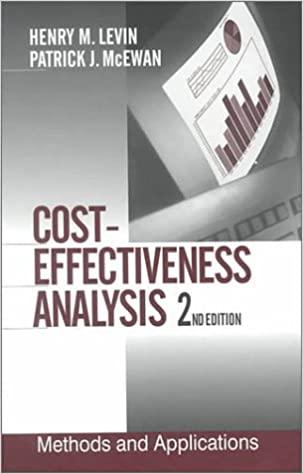Question
Taxpayer, a calendar-year corporation, wants to change its company's headquarters-currently consisting of a ten-story building. The company currently owns the building outright. Taxpayer has identified
Taxpayer, a calendar-year corporation, wants to change its company's headquarters-currently consisting of a ten-story building. The company currently owns the building outright. Taxpayer has identified some potentially more suitable properties. One of the possible properties is a single-story building on a large, attractive lot. The other property consists of a two-building complex, with retail shops on the groung floor of one building and resedential rental property in a portion of the other building.
After further discussions with the client and a review of relevant documents, you discover the following additional facts: each of the new properties has a fair market value that slightly exceeds that of the current ten-story building. Taxpayer would demolish the single-story building if the company purchases that property. It would then build a specially designed building on the lot. The sellers of both properties appear to be interested in entering an exchange transaction whereby the company's property would be exchanged for one of the other properties.
After many discussions with the taxpayer, the company decided to exchange its existing property for the retail and residential building complex. You assisted the company in structuring the exchange. Both parties used a "middleman" corporation, to whom the properties were to be initially conveyed. The agreement with the middleman included the requirement that the taxpayer sell its property to the middleman, and then, within 45 days of the initial closing, formally identify which of the two new properties it intended to acquire. The identified was also to be sold to the middleman corporation. The corporation would then transfer title to the taxpayer within 180 days after the date of the initial closing.
Unfortunately, the transaction has not proceeded as planned. Taxpayer transferred its property to the middleman, receiving its FMV of $10,000,000 in cash. The company formally identified the property with the retail and residential building complex as the property it intended to acquire. Unfortunately, one week before the 180 days was up, the seller of the property backed out of the arrangement. Taxpayer is certain it will not be able to identify and cause the transfer of other suitable property within the time limit.
Taxpayer's basis in the ten-story building is only $2,000,000. The company is concerned that it will now have to report the $8,000,000 in gain.
a. How would you advise the taxpayer? Prepare a memo with issues, assumptions (if necessary), conclusions, reasoning, and authority.
b. In general, is there any type of action or planning that a taxpayer could/should do to avoid a problem like this?
Step by Step Solution
There are 3 Steps involved in it
Step: 1

Get Instant Access to Expert-Tailored Solutions
See step-by-step solutions with expert insights and AI powered tools for academic success
Step: 2

Step: 3

Ace Your Homework with AI
Get the answers you need in no time with our AI-driven, step-by-step assistance
Get Started


